Oh, yes, yes they do turn pink. You may be used to plain old "boring" spiral galaxies, like my buddy M74 over here.
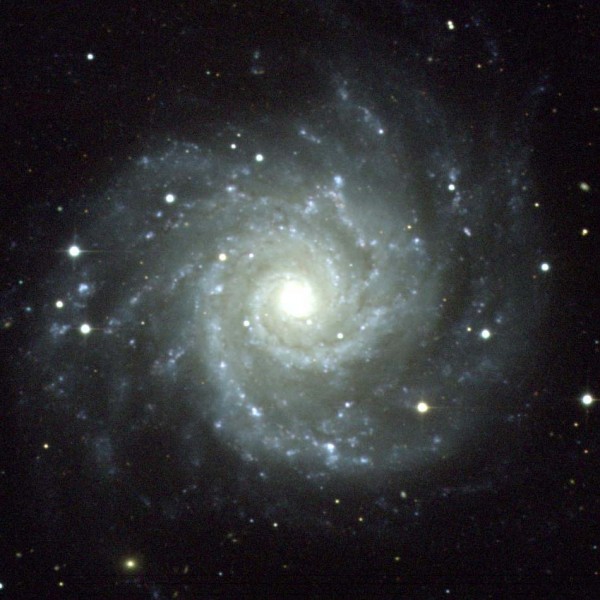
A number of these galaxies happen to be "face-on" to us, so we can really get a good glimpse of what's going on in their individual spiral arms. Many of them, like the Pinwheel Galaxy (M101), are pretty unremarkable, and are just a dusty whitish-blue color. But if we take other, similar galaxies, like NGC 3184, we find something interesting. Specifically, we find a few areas in these spiral arms that are pink.
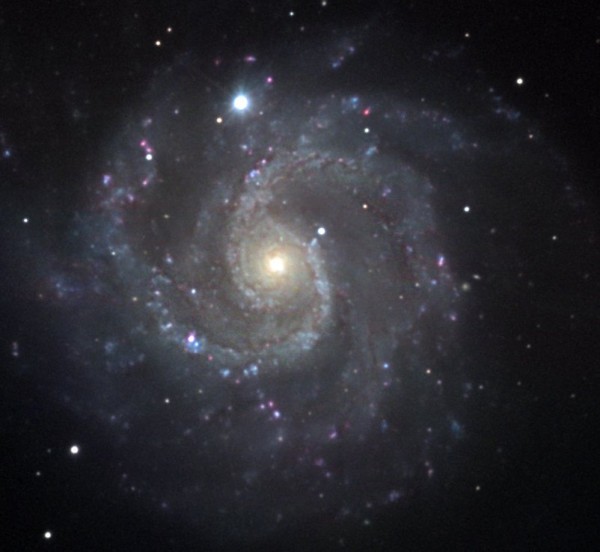
This is not false color, either. This is plain-old visible light. And despite what you may think, this is not unusual. Pink shows up in all sorts of galaxies, such as M83 and NGC 6946. But I'd like to show you perhaps the most famous face-on spiral galaxy -- the Whirlpool Galaxy (M51) -- for a spectacular example of a pink-hued galaxy.
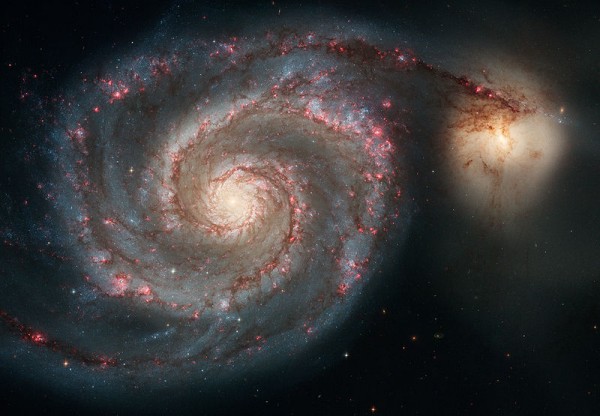
Again, there is no false color here and no enhancement. This is the natural color of this galaxy. What's really odd -- to most people -- is that when we look at the stars in these pink regions, what type would you expect we'd find?
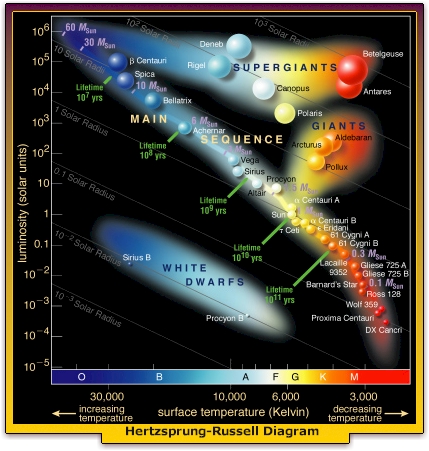
If you're like me, you'd expect to find lots of red stars, and perhaps that would be responsible for the pinkish color. But you'd be wrong. When we look at those regions, we find a huge abundance of O and B stars, the bluest ones there are! So, what's going on here? Why, when we have the bluest stars in the whole galaxy, do those regions look like they've got the most red in them?
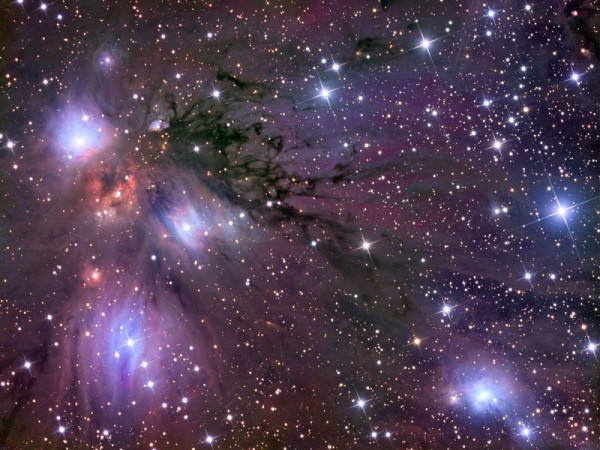
Because these are star-forming regions. O and B stars only live a few million years, so we know that these regions must have been forming stars very recently. Wherever you form stars you need to have lots of hydrogen gas surrounding the area, and so that's why everywhere we see star-forming regions, we see lots of dusty hydrogen.
The hydrogen scatters and reflects a lot of the starlight, but as many of you know, hydrogen only emits a very few select bands of visible light, known as the Balmer series.

Only four hydrogen lines are visible, and guess which one is the brightest? I'll give you a hint: it's the one astronomers call H-alpha, the first line in the Balmer series, the one that gets emitted more frequently than any other. Oh yes, my friends, it's red. Combine that red light with white light, and what do you get? Pink. Everywhere you form stars, you see this distinctive pink color, which is the standard white light mixed with a distinctive 656.28 nanometer-wavelength red line. So wish these stellar infants a happy welcome into our Universe!

Wherever you see this natural pink color in a galaxy, you are looking at a nursery, where the galaxy is giving birth to new stars. We have these regions in our own galaxy, too, but it's breathtaking to me that -- simply by looking with your eyes through a telescope -- you can tell where new stars are being born!

...and all along, some people thought the reason was because those galaxies were homosexual. (I say 'were' because the light left a long time ago) :)
Thanks for the info. Red shift does not contribute?
These galaxies are too close to be significantly redshifted. They are moving away at speeds of a few hundred km/second, which can change the wavelength of the red light we receive by about half-a-nanometer. These galaxies are also face-on, so the rotational velocity doesn't redshift things significantly, either.
i guessed it was H glowing. looked like the color of a H discharge tube.
i am really impressed by the fact there are telescopes with the resolution and light gathering power to take such cool pictures.
shoulda been an astrophysicist!
In grad school I gave a seminar entitled "Fear and Loathing in Giant HII Regions, or, Who Was That Nebula I Saw You With?"
(I claim that titles of talks should double as Bullwinkle episode titles.)
star babies!!
Sooo... They're pink because they're basically the female nebulas and birth little star babies?
Agh, I meant galaxies!